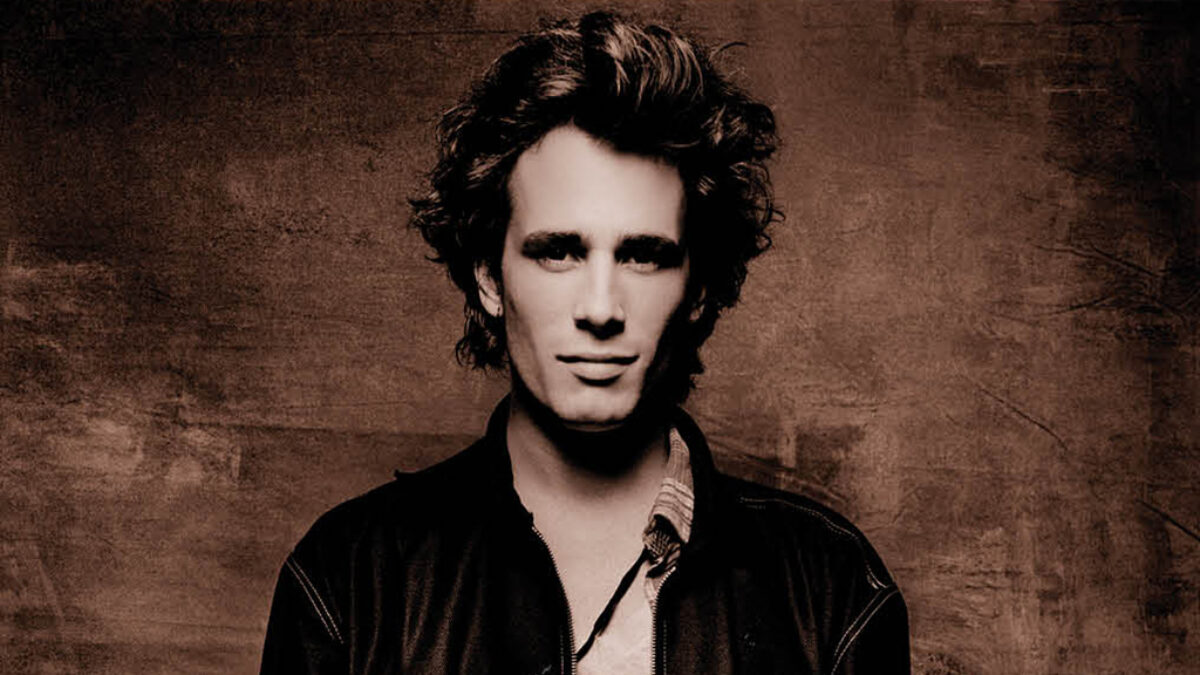The drums: A big part of their large tight powerful sound is their drum setup. They would set the drum kit as normal but take off the cymbals. Only playing kick, snare and tombs and use electronic high hat pad. Then record the cymbals separately. They did this because Josh Homme loved a big sound but hated how much the cymbals filled up the room and muddyd up the big sound he wanted.
Amps: The devilish and crunchy sound Josh Homme created was using an Ampeg Vt40 with a 4×10 cab. Keith Richards used the same amp. A lot of people thought he used a fuzz pedal for his sound but this amp dismantles that theory as the sound is a naturally tight fuzzy sound.

Micing techniques: They sometimes used very small boxy rooms (the same as the drum kit room) to keep the sound tight. And used cheap old equipment from a local 2nd hand music store making Eric valentine one of the producers had to use multiple mics and test multiple positions to pull out a good sound from the amps and equipment to get a sound that would all fit together. Recording the cab was in the middle a C37A and a salt shaker mic which was placed right next to it. Doing this anabled them to choose how present, dark or smooth they wanted this as the C37A is a warm smooth mid range mic whilst the salt shaker was bright and aggressive and this combo made a good amount of blend. Placed in the back of the cab was a sennheiser 441 giving off a lot of low end and depth. To capture the sound of the room was an RCA 4 44 mic and make the ear more accustomed to the space of the sound which was placed low and in a corner. below is a


Dynamic microphones: You’ll notice that most vocalists use a dynamic microphone, mostly because of how there polar pattern is set (also known as a cardioid polar pattern because the pattern looks like a heart). These types of mic’s pick up their sound mostly from the front and don’t need phantom power for them to work un-like condenser microphones. But most of the time they are used for live performances and also for recording Amplifiers, brass instruments, keyboards, and drums.


Condenser microphones: Condenser microphones are the most versatile microphones for the music industry because there diaphragm is low mass making it super sensitive and super clear . They are used for recording pretty much any instrument. Condenser microphones have a cardioid polar pattern meaning the sound is mostly picked up from the front and little on the sides. But they require 48v phantom power for them to work at all, as the phantom power charges the backplate of the microphone and allows it to react better to vibrations in the air. Above is a Neumann u87 which is classed as a legendary microphone for its quality, reliability and the fact it can change its polar pattern so it can be used for most situations and is extremely practical.



Ribbon microphones: Ribbon microphones are called ribbon microphones because inside them they have a little metal ribbon inside them that vibrates between the poles of a magnet, then when the ribbon vibrates it produces a voltage which is picked up from the magnet and then is sent out as a signal. There not used that much anymore because how technology has evolved and there sound isn’t great. But between the 1920’s and the 60’s they were used for recording and radio stations and are still used by some people nower days because of there different vintage sound.
